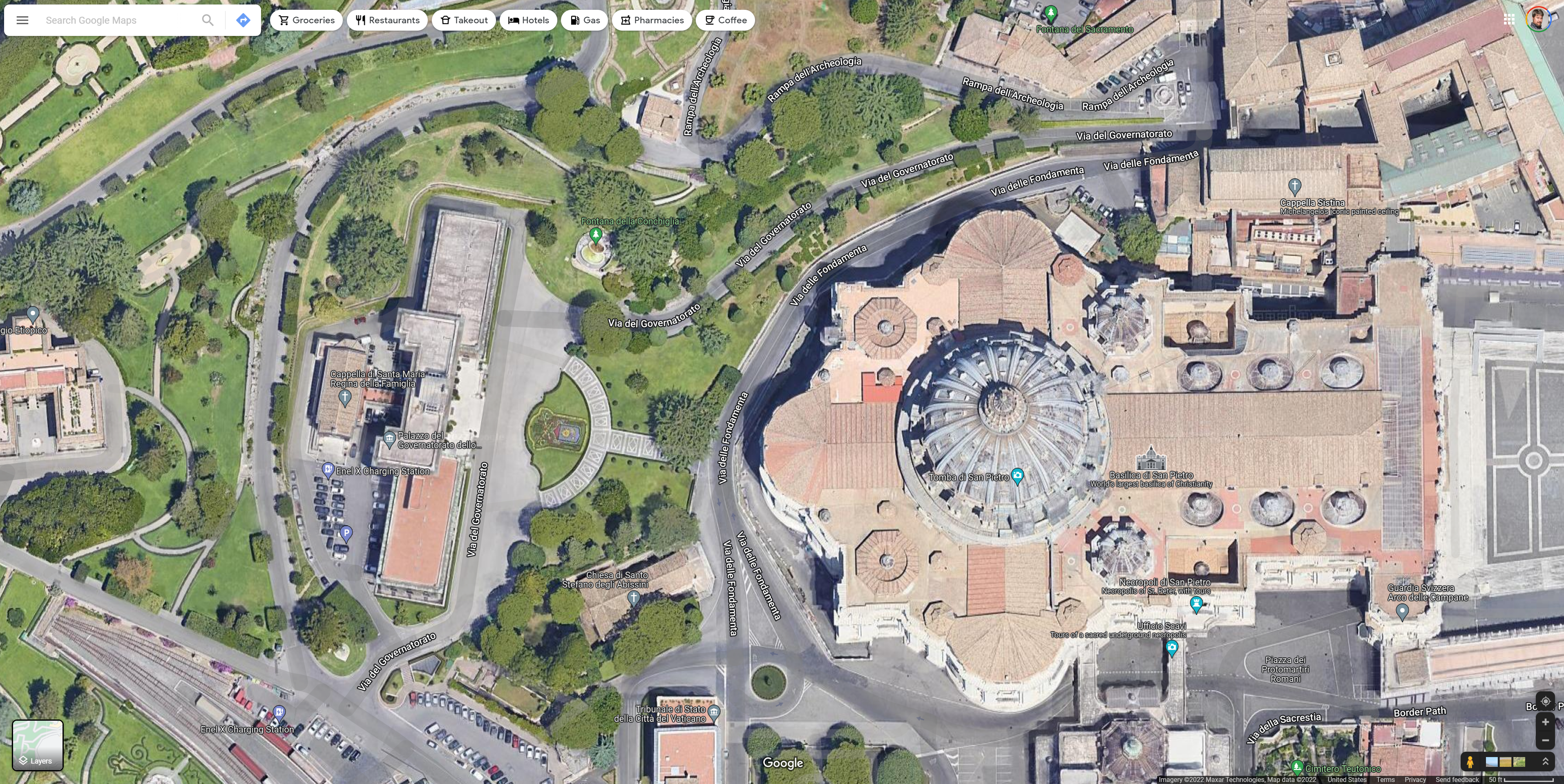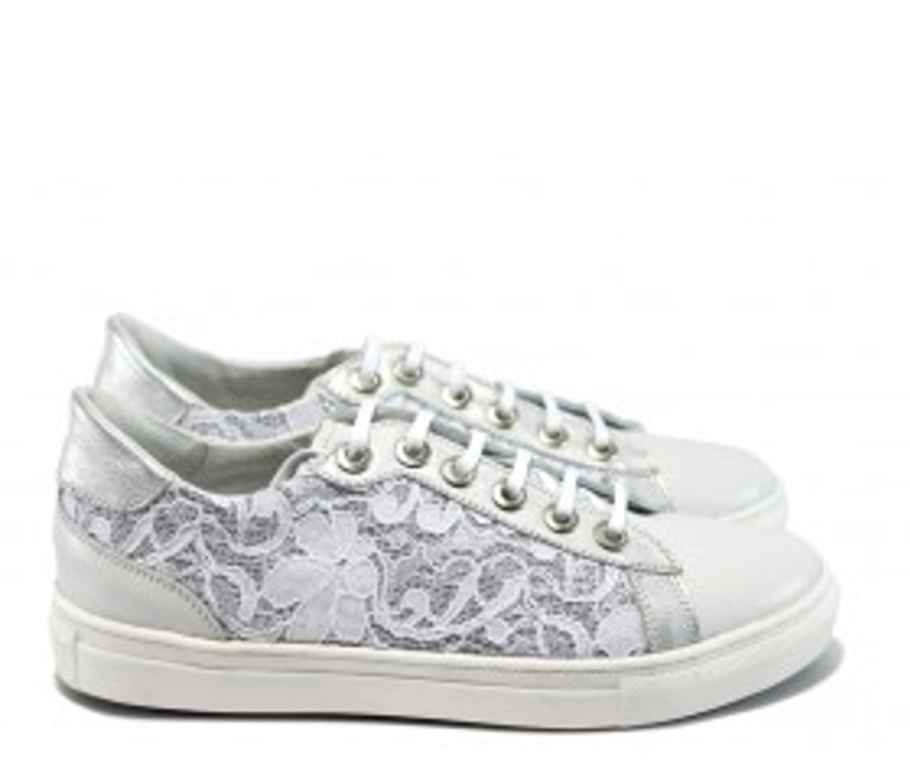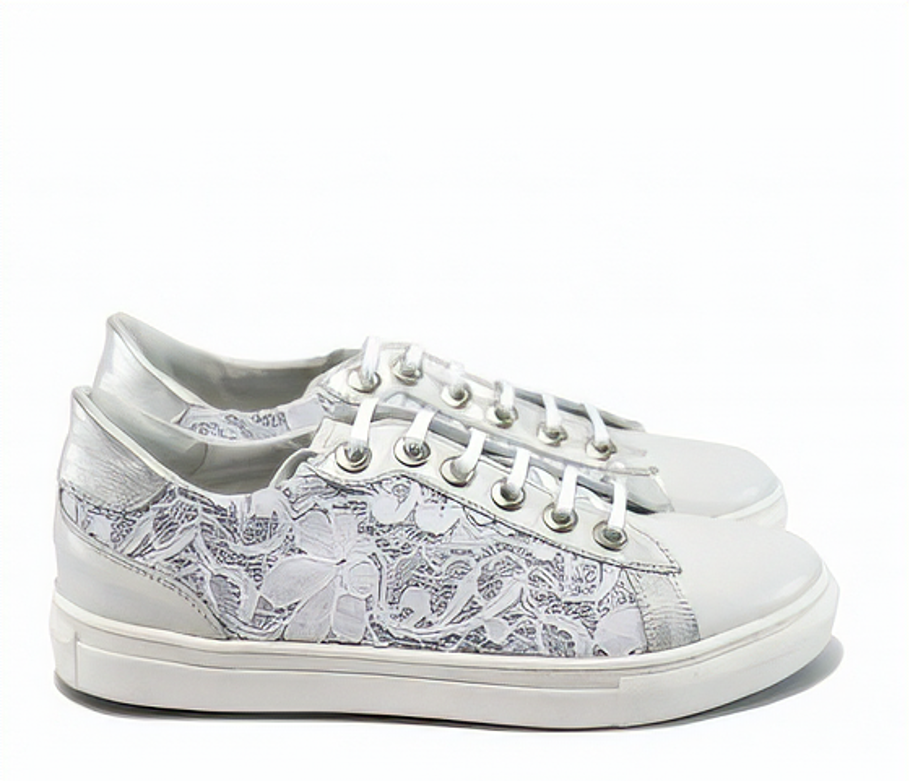If images begin to look sharper on Microsoft Edge compared to other browsers, there’s a reason for that. Microsoft is building in what it calls a “Turing Image Super Resolution engine” into Microsoft Edge, “upscaling” low-resolution images with higher fidelity. In effect, Edge will create a higher-resolution image using artificial intelligence, where it didn’t exist before.
Upscaling isn’t new; Adobe Lightroom’s Super Resolution allows you to upscale a 12 megapixel image to 48MP, for example, to print larger prints. TopazLabs’ Gigapixel AI is a dedicated, paid tool to do the same, and there are other free services available on the Web that will perform the same services with varying results.
The services differ from Microsoft in that they’re often designed to enlarge a photo without losing detail, in the service of printing a physical copy. Microsoft isn’t. But what they all have in common is that they’re adding detail where none was before. Basically, what Microsoft is promising is that you’ll see a grainy, low-resolution image on a competing browser. On Edge, you’ll see it with greater clarity and detail than was originally there.
“We are starting to roll out the model to allow users to enhance the images they see on the web with the goal of turning Microsoft Edge into the best browser for viewing images on the web,” Microsoft said in a blog post Thursday. “We have seen early promising feedback from our users and are continuing to improve the experience as it scales to serve all images on the internet!”
Microsoft has already rolled out the Turing Image Super-Resolution (T-ISR) within Google Maps, and has added it to the latest Edge Canary experimental build. “The ultimate mission for the Turing Super Resolution effort is to turn any application where people view, consume or create media into an ‘HD’ experience,” Microsoft said.
You can already see the results of the imagery by comparing the satellite views on Google Maps and Bing Maps. Of course, some of the improvements may derive from just the cameras used in capturing the image, and the resolution that the images were captured in. But you can compare the same image of St. Peter’s Cathedral in Vatican City yourself, using Bing Maps and then Google Maps. Bing’s imagery is clearly superior.


Microsoft said that it optimized its algorithms for two scenarios: cleaning up the “noise” that occurs as an image is upscaled, as well as simply trying to preserve as much resolution as possible when “zooming” into an image, making it larger. Microsoft didn’t identify the Windows 10/11 Photos app as a target of this technology, but that would clearly be an application that would benefit from Microsoft’s algorithms, too.
Below, Microsoft provided additional examples of its T-ISR technology, addressing the detail in product photos as well as text.



Microsoft
For now, however, Microsoft isn’t performing these upscaling algorithms on the fly. Instead, it’s using a network of Content Delivery Networks, servers that cache popular images close to the user (you) so that they can deliver the images quickly. The upscaling is being performed in the cloud with the results cached on the CDNs, so that you’ll see the benefit without added latency.
That probably means that not every image will benefit from upscaling, especially in the early days of the technology. Over time, however, it sounds like you’ll see more and more sharper, upscaled images via Bing.
Stay connected with us on social media platform for instant update click here to join our Twitter, & Facebook
We are now on Telegram. Click here to join our channel (@TechiUpdate) and stay updated with the latest Technology headlines.
For all the latest Technology News Click Here
For the latest news and updates, follow us on Google News.
